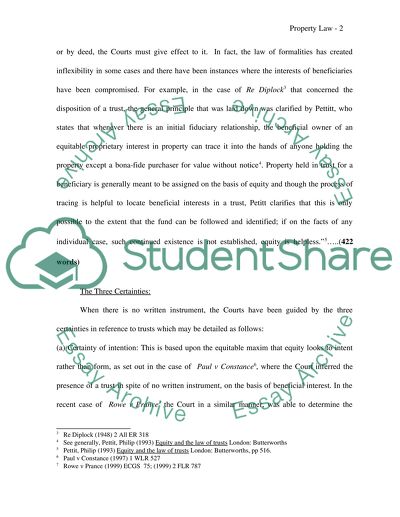Cite this document
(The Law of Formalities Term Paper Example | Topics and Well Written Essays - 2265 words, n.d.)
The Law of Formalities Term Paper Example | Topics and Well Written Essays - 2265 words. Retrieved from https://studentshare.org/law/1535987-property-law-land-law-and-law-of-equity-and-trusts
The Law of Formalities Term Paper Example | Topics and Well Written Essays - 2265 words. Retrieved from https://studentshare.org/law/1535987-property-law-land-law-and-law-of-equity-and-trusts
(The Law of Formalities Term Paper Example | Topics and Well Written Essays - 2265 Words)
The Law of Formalities Term Paper Example | Topics and Well Written Essays - 2265 Words. https://studentshare.org/law/1535987-property-law-land-law-and-law-of-equity-and-trusts.
The Law of Formalities Term Paper Example | Topics and Well Written Essays - 2265 Words. https://studentshare.org/law/1535987-property-law-land-law-and-law-of-equity-and-trusts.
“The Law of Formalities Term Paper Example | Topics and Well Written Essays - 2265 Words”, n.d. https://studentshare.org/law/1535987-property-law-land-law-and-law-of-equity-and-trusts.


